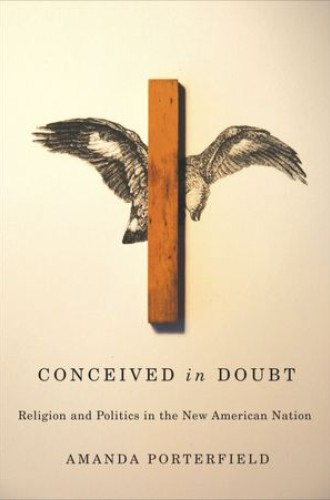That old-time skepticism
In 1809, Thomas Paine died in poverty, alcoholism and obscurity. Only a dozen people attended his funeral, and few American newspapers bothered to mention his death.
Had Paine’s death occurred in the late 1770s, it would have caused tremendous joy in the hearts of American loyalists and a corresponding outpouring of grief from patriots. “’Tis time to part,” proclaimed Paine in Common Sense, his antimonarchical, anti-Catholic, anti-elitist tract that helped galvanize support for American independence.
Paine’s reputation declined in the eyes of most Americans because of his support for the French Revolution and his satirical critiques (most notable in The Age of Reason) of the Bible and Christianity. Many Americans feared the export of French Jacobinism to the New World, but it seems strange that they would waste time worrying over the spread of religious skepticism. After all, it was soon clear that the young United States was experiencing a tremendous upsurge of evangelical revivalism.





